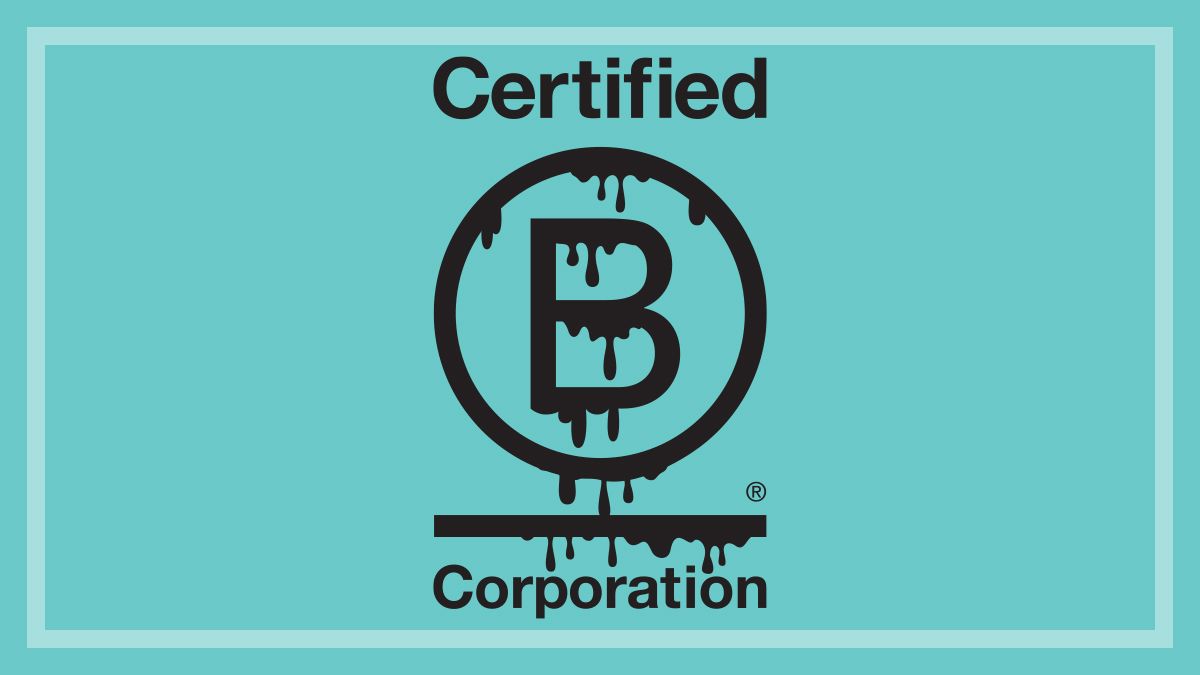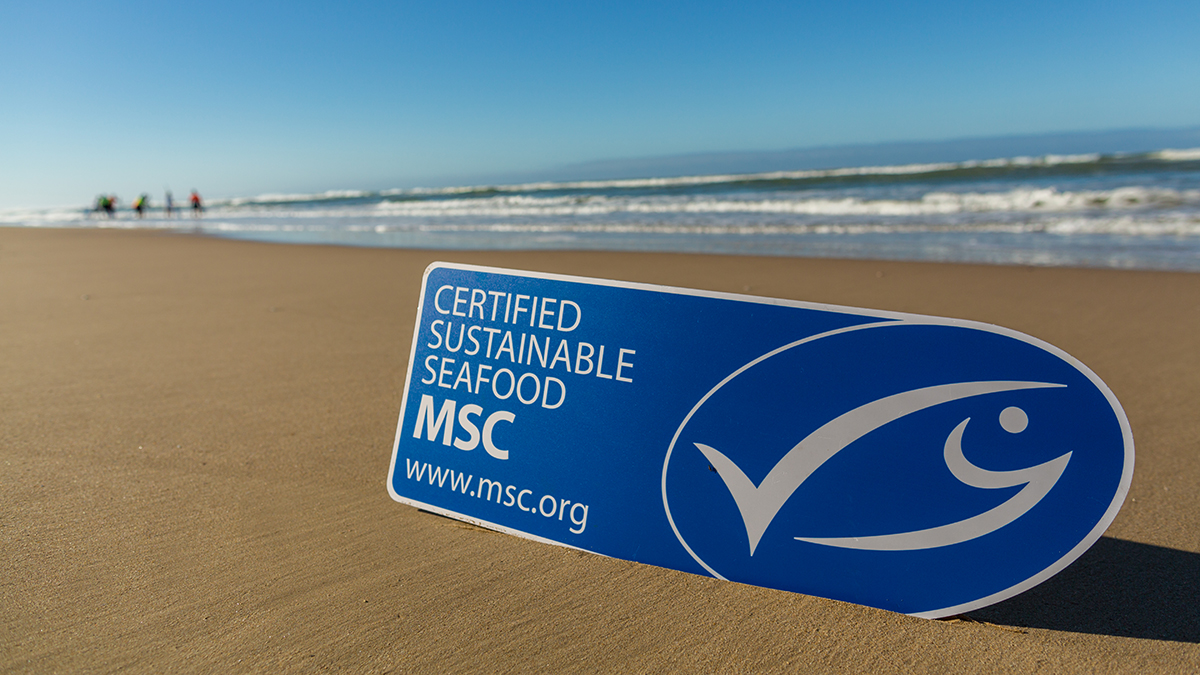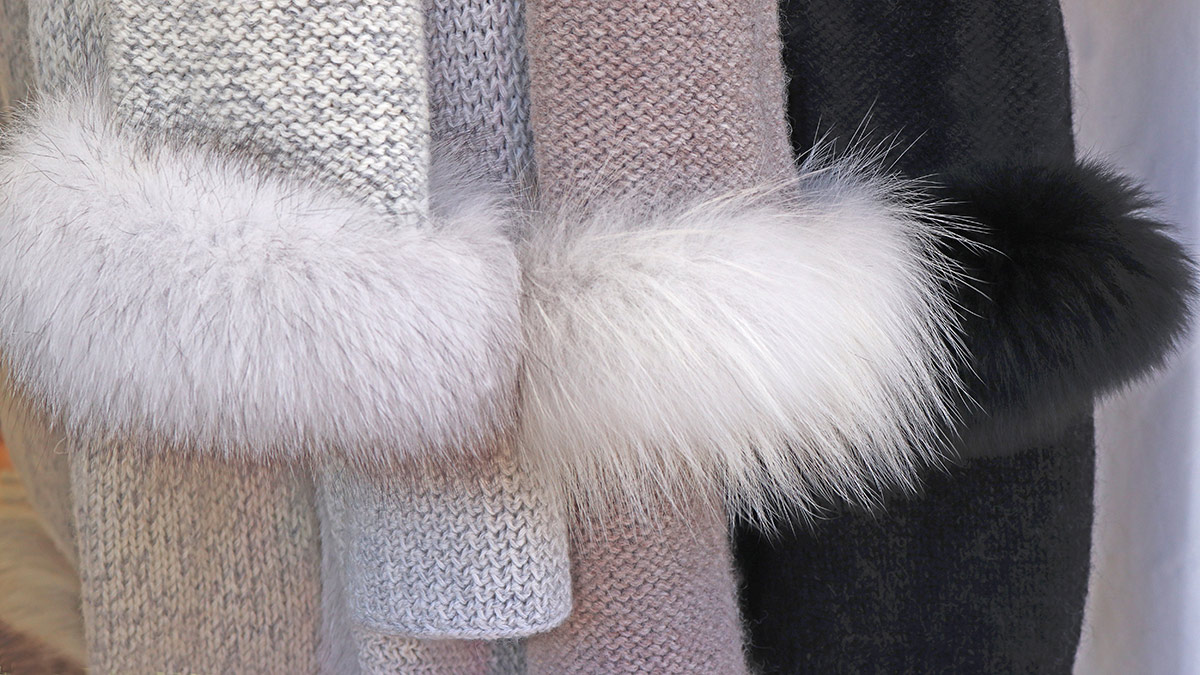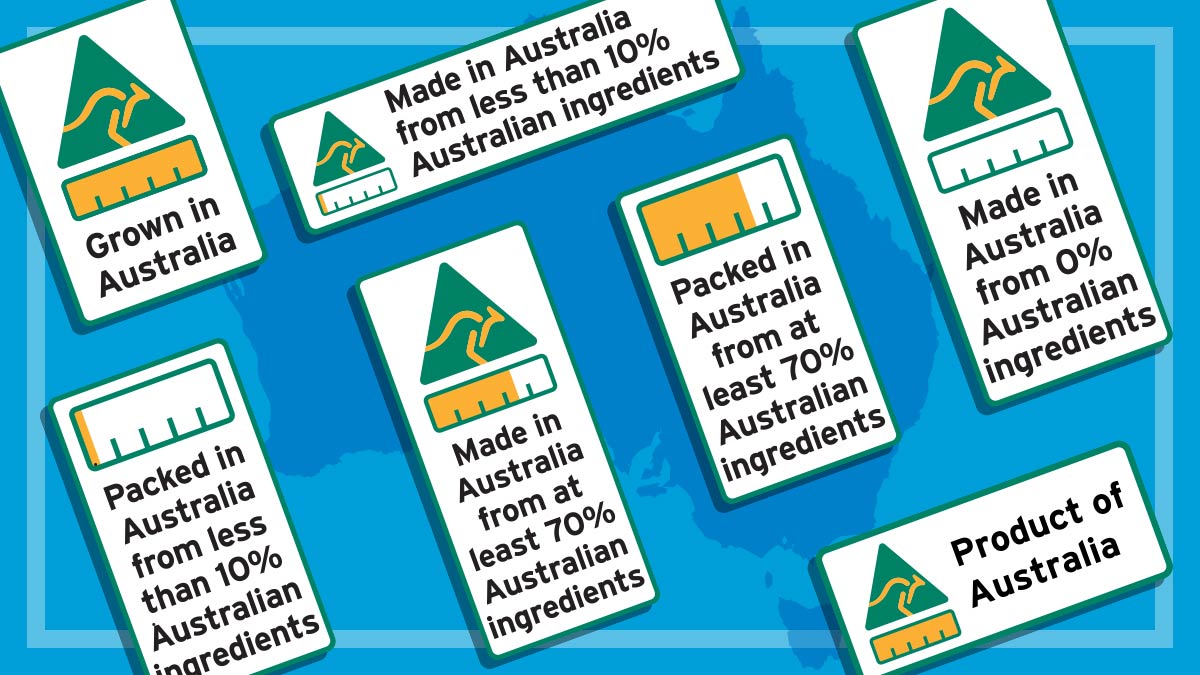Get our independent lab tests, expert reviews and honest advice.
Green marketing: How to tell if a product really is eco-friendly

If it seems to you that more and more products and businesses are making claims about their environmental credentials, you’re probably right.
On this page:
- Avoiding greenwash: What to look for
- Why make green claims?
- Who's regulating this?
- Greenwash watchwords
- What should businesses be doing?
A Consumer Policy Research Centre (CPRC) report from 2022 noted that their researcher documented 122 green claims in 24 hours across 17 sectors, including banking, groceries, fashion and beauty.
That’s not surprising when you consider that many Australians – about 45% of us – consider sustainability when deciding what to buy. Businesses are quick to respond to that demand, eager to capture those green dollars.
About 45% of us consider sustainability when deciding what to buy
As consumers become more interested in sustainable products, the need to be able to trust the accuracy of credentials grows. But unfortunately, there are concerns that a significant proportion of claims made by businesses may be false, misleading or have no reasonable basis.
Our January 2023 Consumer Pulse survey found that:
- more than a quarter of consumers do not trust the accuracy of companies in describing their environmental practices
- a similar number simply don’t believe product claims like ‘eco-friendly’
- only 10% trust businesses to make honest and accurate claims about their environmental impact.
Read on to find out how to sort the green from the greenwash.
Avoiding greenwash: What to look for
With so many businesses bombarding us with claims about their environmental credentials, it can be difficult to know how to distinguish the legitimate claims from the greenwash.
In a 2023 report based on a sweep of 247 businesses and brands, the ACCC found that more than half (57%) were making concerning claims about their environmental credentials.
The regulator identified eight key issues that could be greenwashing.
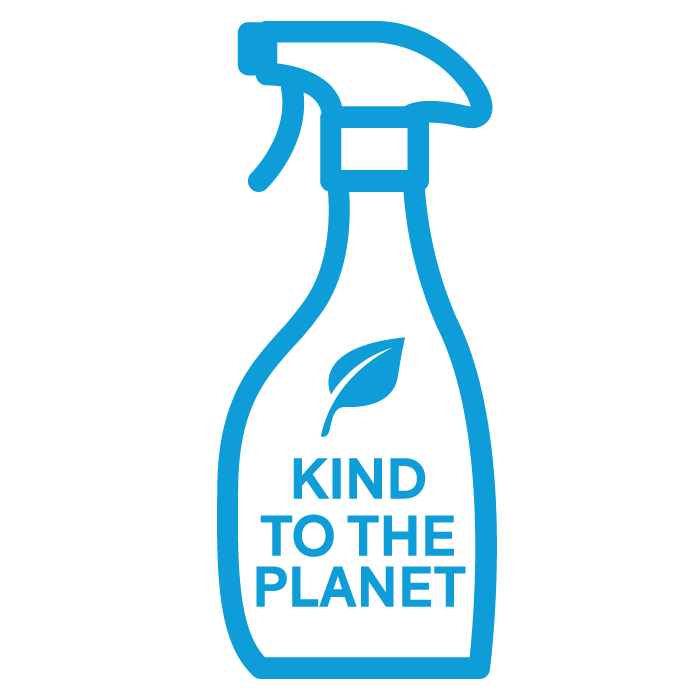
1. Vague and unqualified claims
A company that describes itself as ‘green’ or ‘kind to the planet’ may not necessarily be engaged in greenwashing, but broad, unqualified claims can be problematic for consumers.
These sorts of words and phrases are often vague and rarely provide enough information to help consumers make informed decisions.
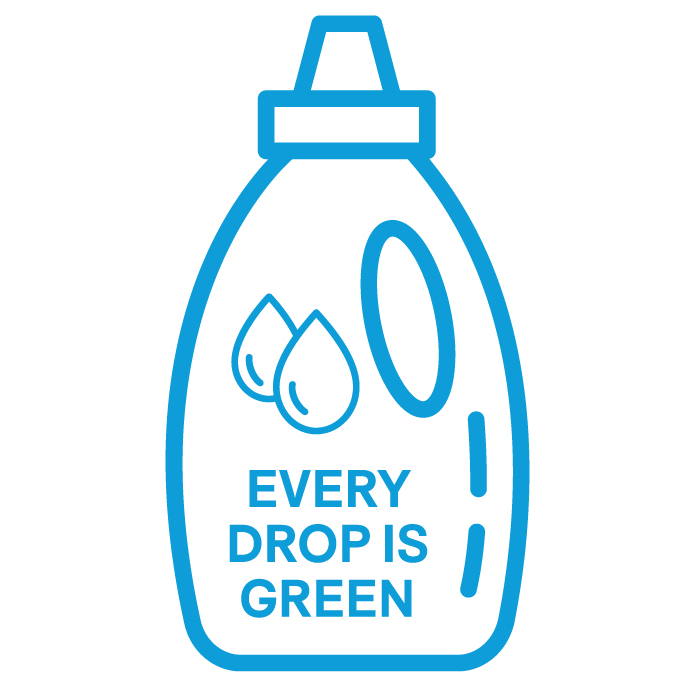
2. Lack of substantiating information
There’s obviously a limit to how much information a business can provide on its packaging, but too often there’s little effort made to provide backing to claims.
If you can’t find information, there’s not enough detail or it’s outdated, it could be greenwashing.
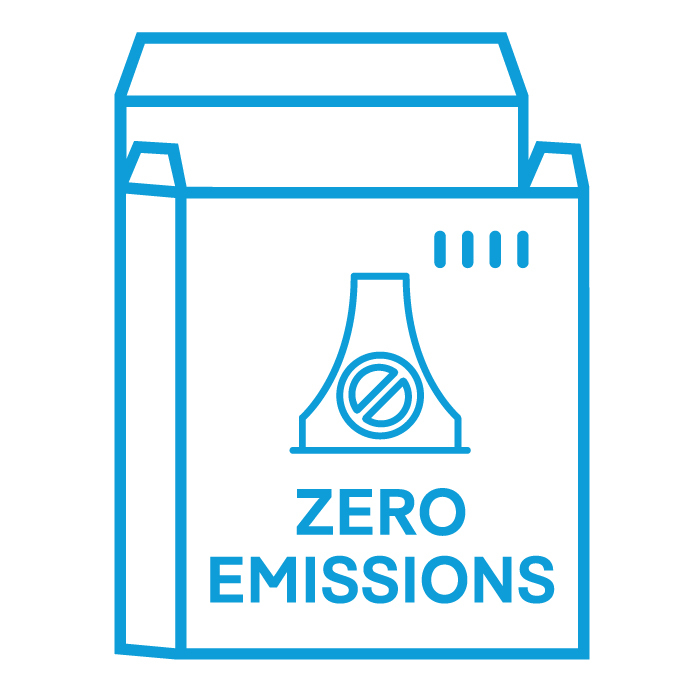
3. Absolute claims
A statement saying that something is ‘100% recyclable’ or produced with ‘zero emissions’ creates a very strong impression in the mind of the consumer – which is, of course, what the marketer wants to do.
Once again, companies making these sorts of claims need to provide evidence to back them up. The information needs to be accessible to shoppers and presented in such a way that consumers can verify it without having to undertake extensive research.
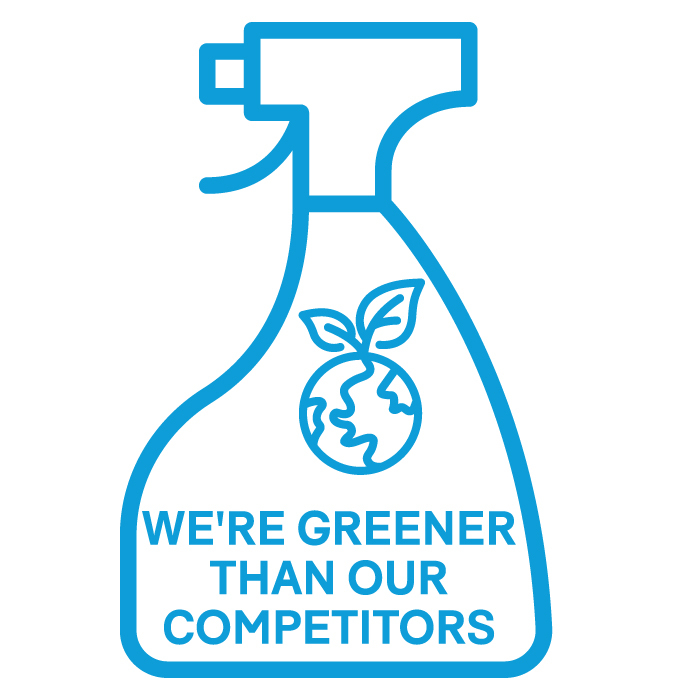
4. Use of comparisons
There is nothing wrong with highlighting the aspects of a business or product that set it apart from its competitors. Problems arise when such comparisons are made in a way that doesn’t allow consumers to accurately assess the claims.
If the methodology used to make the comparison isn’t clear or meaningful, that can be a sign of greenwashing.
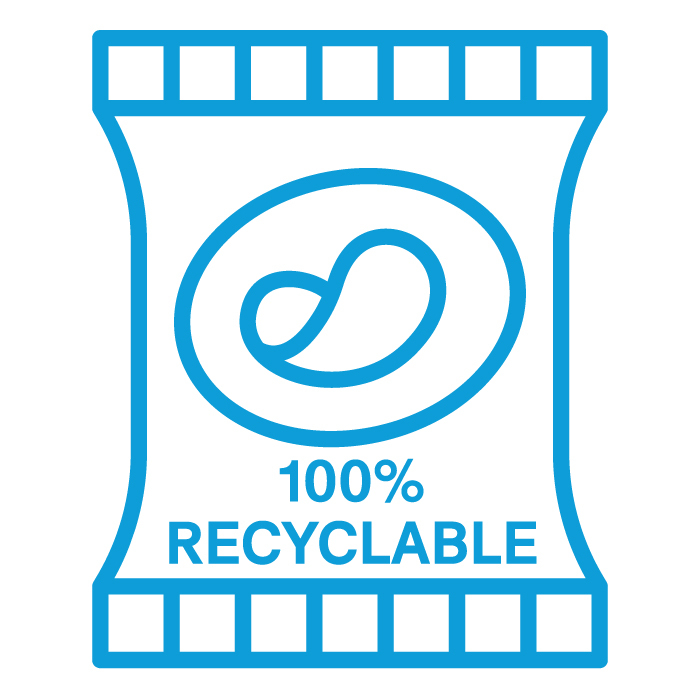
5. Exaggerated benefits or omission of relevant information
These sorts of sneaky claims go to the heart of the problems with greenwashing. Saying that a product is recyclable might technically be true, but if there’s no system in place to collect and process the item, the claim may simply be greenwashing.
Likewise, telling consumers about environmental protection measures as a way of promoting green credentials, but failing to mention that these measures are required by law, also has the potential to be misleading. It can make one product seem better than a competitor’s, when in fact they may be essentially the same due to legal regulations.
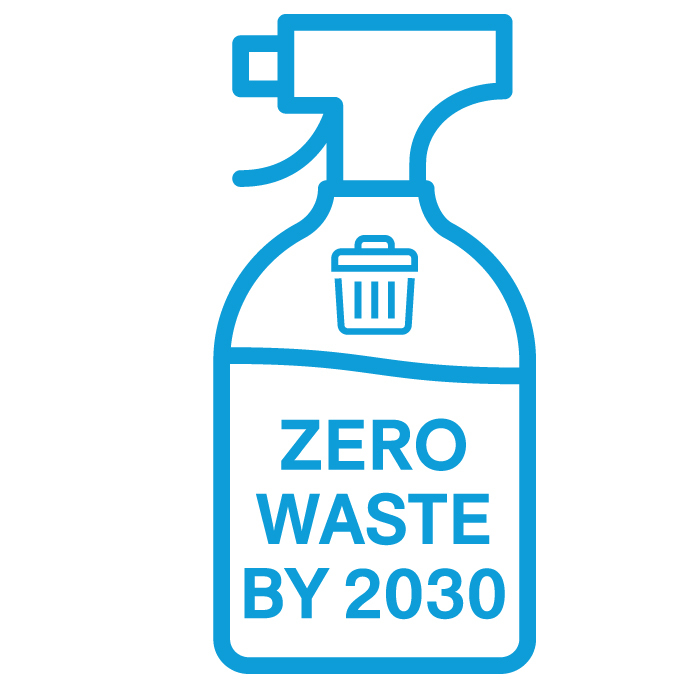
6. Use of aspirational claims without supporting information
It’s great if a business is working to reduce waste, move to renewable energy or otherwise reduce its environmental impact, but saying you’re going to do something and actually doing it are two different things.
If a business makes these sorts of lofty pronouncements but fails to provide any detail of what changes are being made to achieve their goals, greenwashing may be at play.
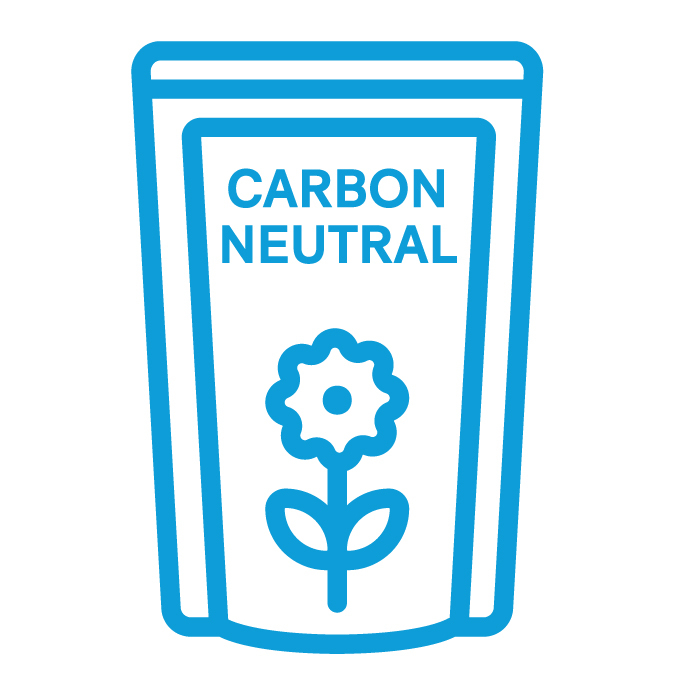
7. Third-party certifications used misleadingly
An important-looking logo implying well-regulated credentials covers a multitude of sins. Does the certification apply to an entire business, a range of products or a single item?
Adding to this confusion is the fact that there are multiple schemes for different aspects of environmental performance.
For example, in its 2023 report, the ACCC pointed out it had found four different cocoa certification schemes and seven different carbon-neutral certification and offsetting schemes.
All of these factors can make it difficult for consumers to identify greenwashing.
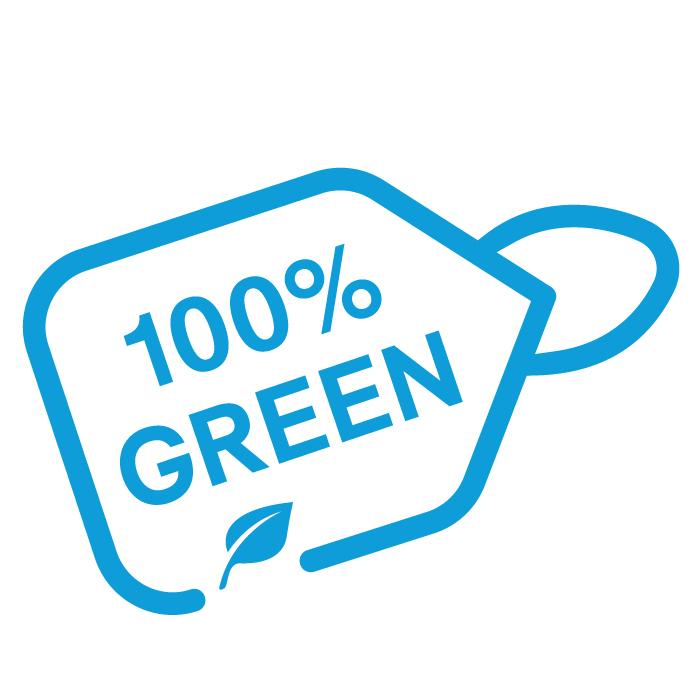
8. Use of images that appear to be trustmarks
A trustmark is an image, badge or logo that indicates compliance with relevant standards. They’re widely used in the environmental arena to suggest compliance.
Trustmarks may feature nature-based imagery, such as leaves or the planet, and make heavy use of the colour green.
Unfortunately, they are often not related to any certification and are used merely to hint at third-party endorsement.
Why make green claims?
Products may make claims about environmental sustainability, recycling, energy and water efficiency, or impacts on animals and the natural environment. They can be self-declared statements, symbols and graphics on product packages and labels.
Businesses include these statements on their packaging or promotional material because they know that a significant number of consumers are concerned about environmental issues and want to choose products that align with their personal ethics.
50% of Australians are concerned that green claims they see may not be truthful
Unfortunately, many shoppers simply don’t know if they can trust the messages they receive from business.
The CPRC reported that 50% of Australians are concerned that green claims they see may not be truthful. In other words, as consumers we’re worried that it’s all just greenwashing.
Who’s regulating this?
Environmental claims are subject to the Competition and Consumer Act, and the Australian Competition and Consumer Commission (ACCC) can take action against dodgy claims. Australia also has a voluntary standard for green claims, AS 14021:2018, which is designed to foster consumer confidence.
Greenwashing is firmly in the crosshairs for Australian regulators, with both the ACCC and ASIC (Australian Securities and Investments Commission) stating that greenwashing will be an enforcement priority in 2024. That’s good news for consumers struggling to make sense of conflicting and confusing claims.
Greenwash watchwords
In its 2022 report on the prevalence of environmental claims on social media, the CPRC identified a list of words and phrases that suggest green credentials.
If you see them used, look out for substantiation – for example, auditing or accreditation by third parties – to support the claim.
If you don’t find it, think twice about investing your green dollars in that business or product.
The words to watch are:
- Green
- Clean
- Sustainable
- Recyclable/Recycled
- Bio
- Pure
- Eco-friendly
- Biodegradable
- For the planet
- Eco
- Renewable energy
- Offset
- Environmentally friendly
- Carbon neutral
- Earth-friendly
- Circular
- Home compostable
What should businesses be doing?
It isn’t all down to us as consumers to avoid being taken in by greenwashing.
It’s more important than ever that businesses step up and do their bit by following these eight guidelines from the ACCC. This is important not only because it helps them to comply with the Australian Consumer Law, but because it also helps us make informed purchasing decisions.
Principle 1: Make accurate and truthful claims
Principle 2: Have evidence to back up your claims
Principle 3: Do not hide or omit important information
Principle 4: Explain any conditions or qualifications on your claims
Principle 5: Avoid broad and unqualified claims
Principle 6: Use clear and easy-to-understand language
Principle 7: Visual elements should not give the wrong impression
Principle 8: Be direct and open about your sustainability transition
So next time you encounter a green claim while strolling the supermarket aisles or scrolling a website, look out for the common signs of greenwashing and be aware that businesses should be complying with the principles set out by the ACCC.
If you believe that the environmental claim you’ve seen is false or misleading you can contact the business and explain the problem. If you don’t receive a satisfactory resolution you can make a report to the ACCC.

